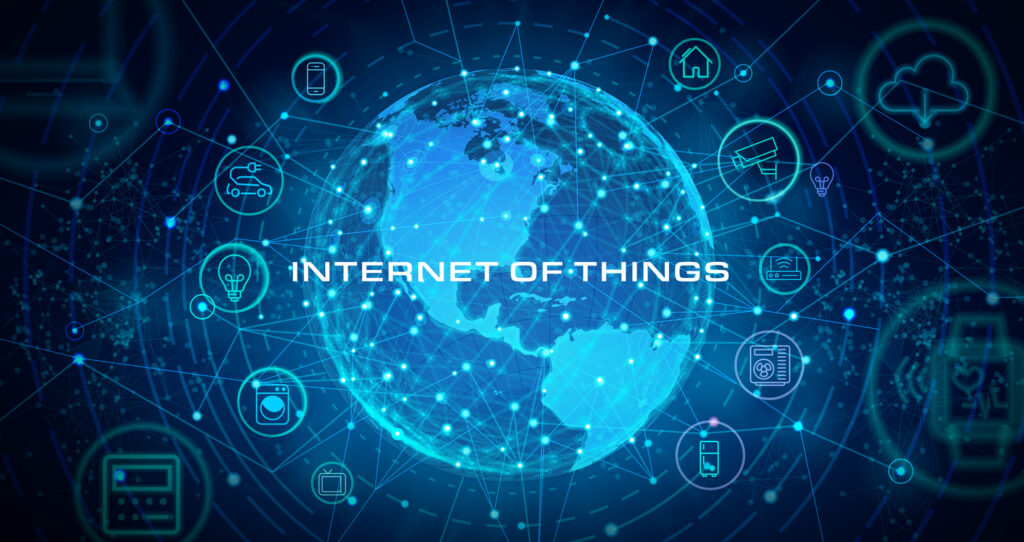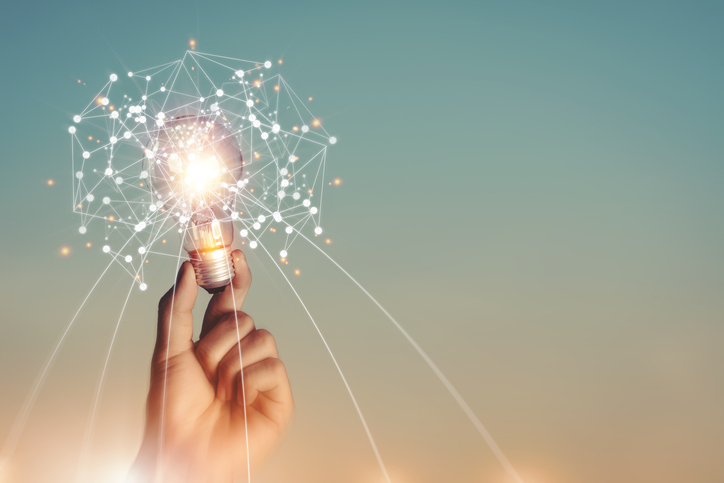
Future Trends in IoT and Ambient Computing for Business Insights
Future trends in IoT are paving the way for smarter, more connected business operations. By harnessing advanced real-time data insights, businesses can make more informed decisions, improve operational efficiency, and deliver highly personalized customer experiences. These advancements are setting the stage for companies to thrive in the rapidly evolving digital landscape, fostering growth and innovation at every step.
The future of IoT is no longer something that we have to try and anticipate, however – it’s unfolding right now as you read this article. By embracing advancements like AI-driven insights, edge computing, ambient technology, and smarter security protocols, businesses can unlock efficiencies, elevate customer experiences, and build resilience for an interconnected world.
Understanding Future Trends in IoT
- 5G and Edge Computing: As data pipelines expand and system efficiency improves, our smartphones now surpass the computing power of entire farms as large as buildings from the 80s. But why is 5G a game-changer? It’s all about bandwidth and throughput. With faster connections and higher data volumes, the computational constraints of the past continue to dissolve. For ambient computing, this means greater accessibility, real-time data analysis, accelerated AI processing, and faster, smarter decision-making.
- Democratized AI-Powered Predictive Models: AI is transforming forecasts with advances in generative AI and large language models (LLMs) reducing data processing time. Current datasets are evolving thanks to diverse thoughts, cultures, and human empathy. Democratizing AI is leveling the playing field and enriching its understanding of human behavior, by involving more everyday users, AI can move beyond rigid structures to better capture the complexity of humanity. The future’s looking less robotic and more authentic, reflecting the actual makeup of humankind. Making AI accessible is teaching the machines to play better. More diversity means AI can step out of its narrow box and start picking up on the rich, nuances of human behavior.
- Expansion of Smart Infrastructure: Smart infrastructure is continuously evolving, as we navigate the pros and cons of what should be connected. The rise of smart devices brings opportunities for change and efficiency, but it also brings risk. Cybersecurity concerns are a critical part of this evaluation process. and embracing IoT means prioritizing security, redundancy, and hardware safeguards to protect humans from AI manipulation. Businesses should shift their thinking towards how these technologies can create smarter, safer, and more streamlined environments. Let’s innovate responsibly.
- Focus on Sustainability: AI is a resource hog. I mean a big pig–think of Jabba the Hut level resources. It uses a lot of water, electricity, and extensive heating and cooling, placing a heavy burden on the environment. Like the Industrial Revolution transformed factories but also did damage, we need to invest in making IoT and AI more sustainable. Change won’t happen overnight, but lessons from the past can guide us. It’s about prioritizing eco-friendly investments, using clean energy, and being smarter about when to use AI. AI shouldn’t replace basic human reasoning—use of it should be optimized, like waiting to run a dishwasher with a full load. By batching and streamlining data processing, we can make AI more efficient and sustainable, without damaging the next generations opportunities.

Ideation Spotlight: Think of the power of ambient computing principles applied to loyalty.
The power of ambient computing—like something straight out of The Jetsons, can be real and get smarter every day for your business customers. And trust us, we’ve only just scratched the surface.
Step 1: Understand the Customer: A customer uses an loyalty app at the POS and then purchases a CPG item. This transaction is then recorded, including a purchase made at a gas pump, the time of the transaction, and the weather outside based on in-store sensors and real-time weather tracking API.
Step 2: Find the Data Patterns: The collected data is then compiled over a string of 60 visits. For example, this data can look at the pattern of early morning fuel ups, the purchase history of either a hot coffee or a cold vault energy drink, and whether or not a breakfast sandwich was purchased during this trip.
Step 3: Deliver a Personalized Ambient Solution: This collected data can then be used in the following way: In the summer, when it’s between 70-90 degrees the customer always purchases a ham-and-cheese sandwich with an energy drink offer. Delivered at exactly at at 7:35 AM, this customer can receive a push notification or an alert about their preferred order when they enter a geolocated lot. During winter, meanwhile, the app can send a push notification at 6:35 AM (adjusting for daylight savings) offering a free hot coffee and a ham-and-cheese breakfast sandwich when temperatures are between 25 and 55 degrees.
Step 4: Innovate & Automate: The possibilities for leveraging ambient computing continue to improve this kind of ambient computing could turn in-store pickup into a breeze for customers, suggesting when their pre-ordered goodies are locked, loaded, and ready for liftoff. Imagine a morning routine where, as you pass a kitchen sensor, Alexa prompts you to place a Starbucks order. The technology seamlessly checks your rewards balance, automatically recharges your card balance (you have this set already) if needed, and then processes your breakfast order—all without you lifting a finger.
Conclusion
The world has embraced smart technology in many ways, yet much of our work is still heavily reliant on spreadsheets and databases that require human input. To be clear, human oversight is, and always will be, essential. After all, no one wants a future like Terminator 2. But as highly capable beings, we’re facing increasing decision fatigue in our daily lives which is where AI can step in as an ally, not a replacement, to take some of the burden off our minds.
By understanding the future trends in IoT and by letting AI or automated tools handle routine tasks, we can save our finite mental resources for work that requires creativity, collaboration, and deep thinking. This approach isn’t about replacing human input—it’s about supporting it and creating space for us to thrive together. Magnetic Mobile is primed and ready to help solve your administrative and operational challenges by combining the power of AI with human-driven ideation. Together, we can streamline routine tasks and unlock the potential for innovative and impactful work.



